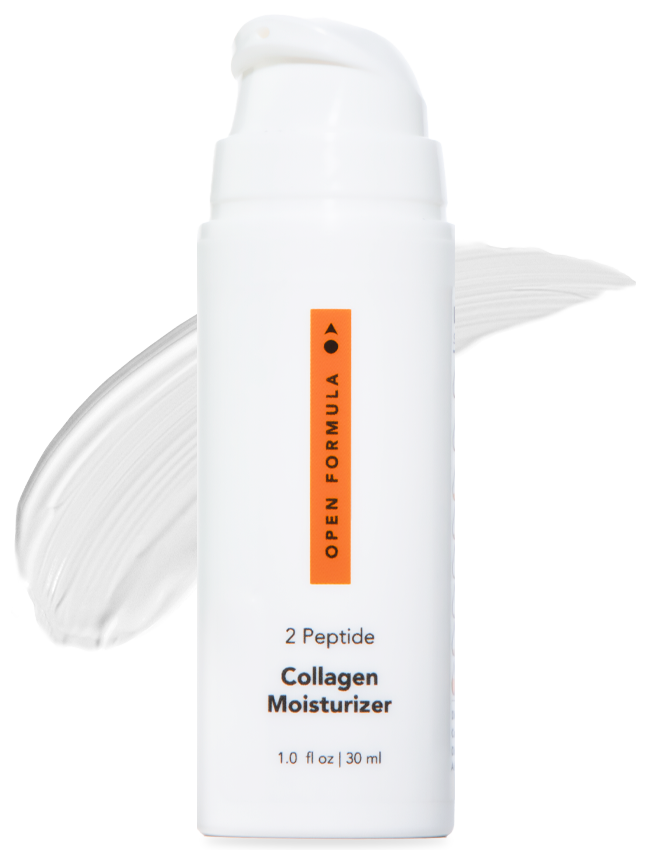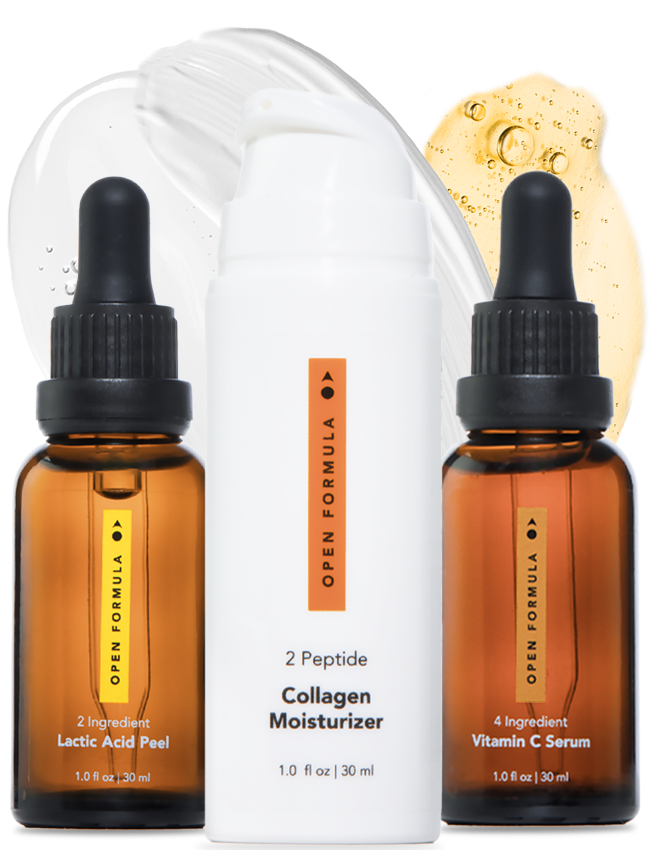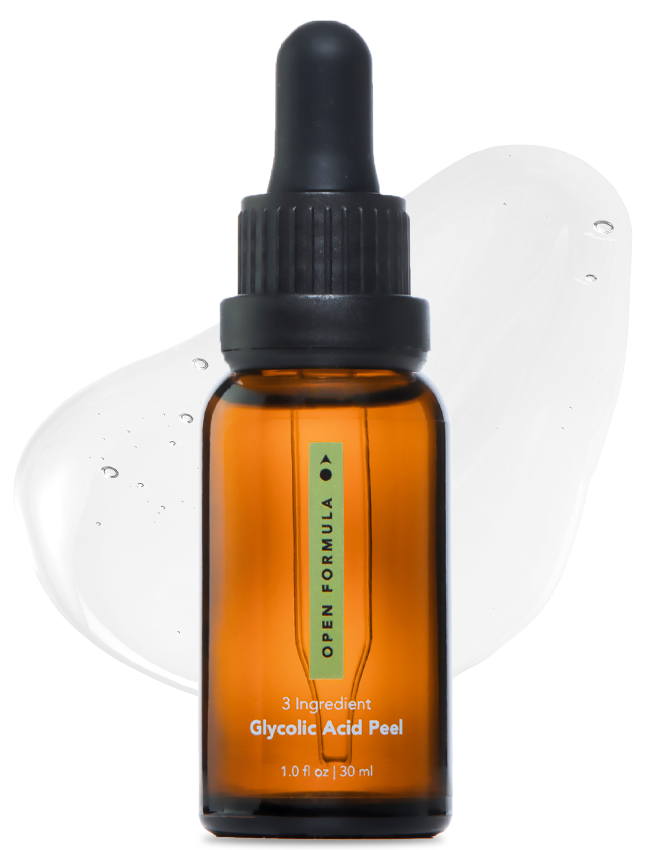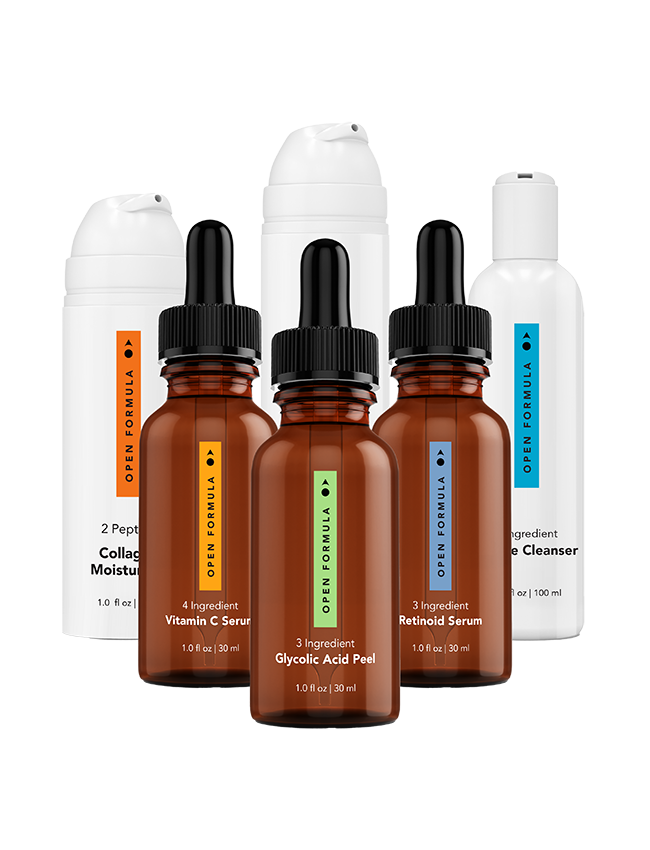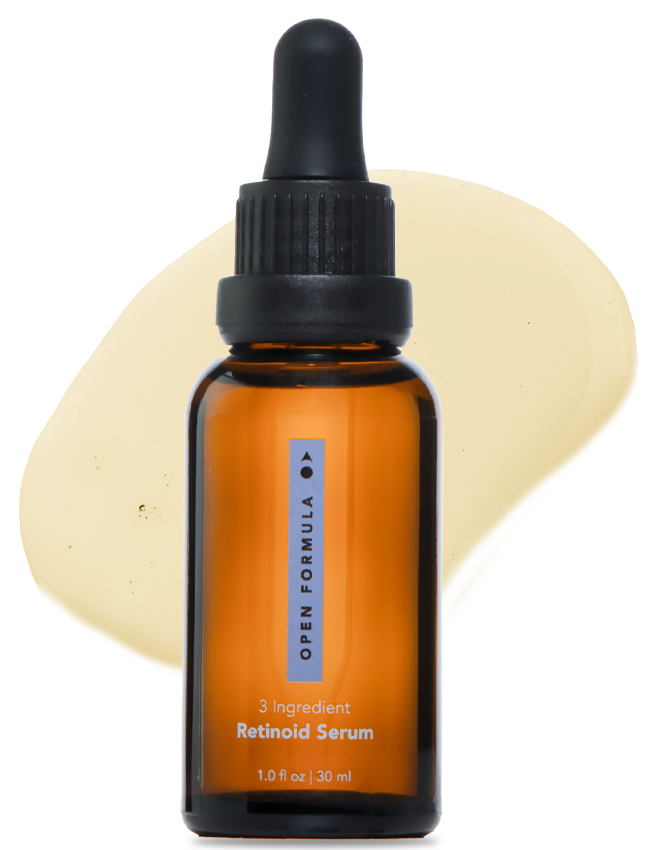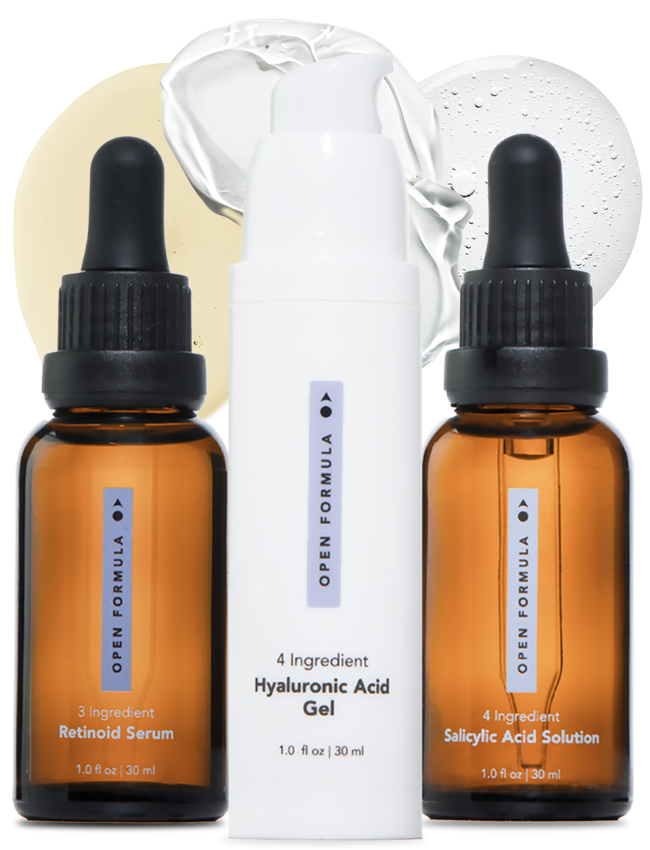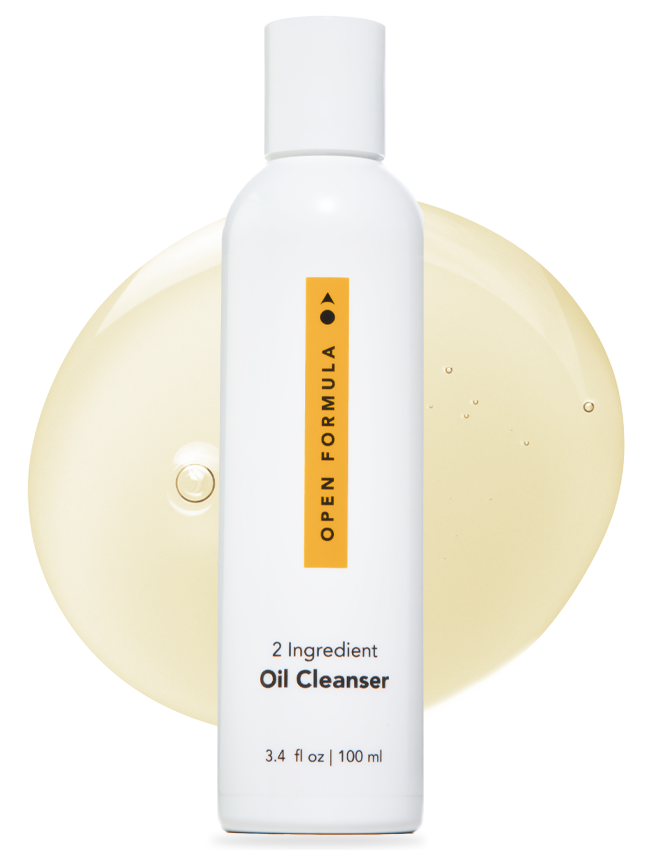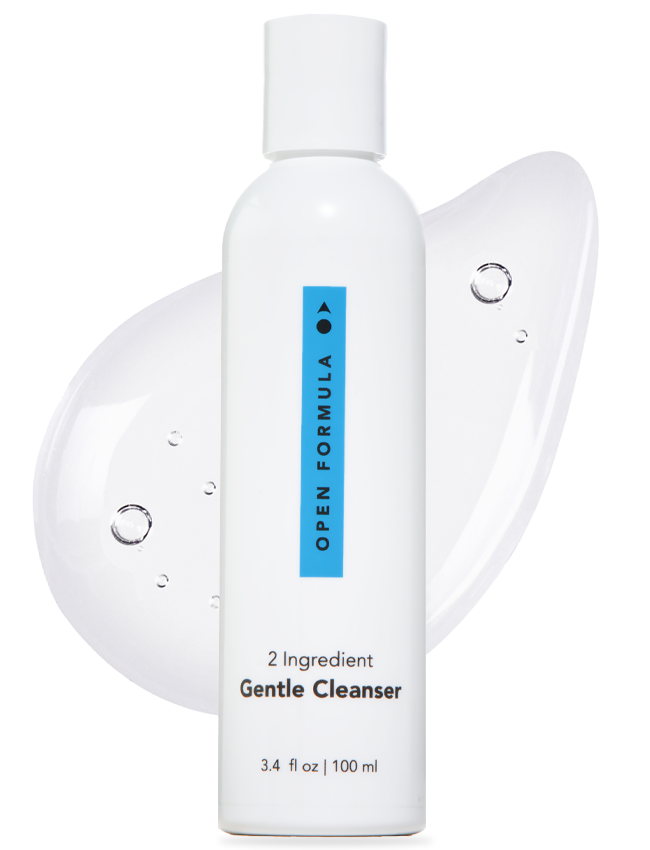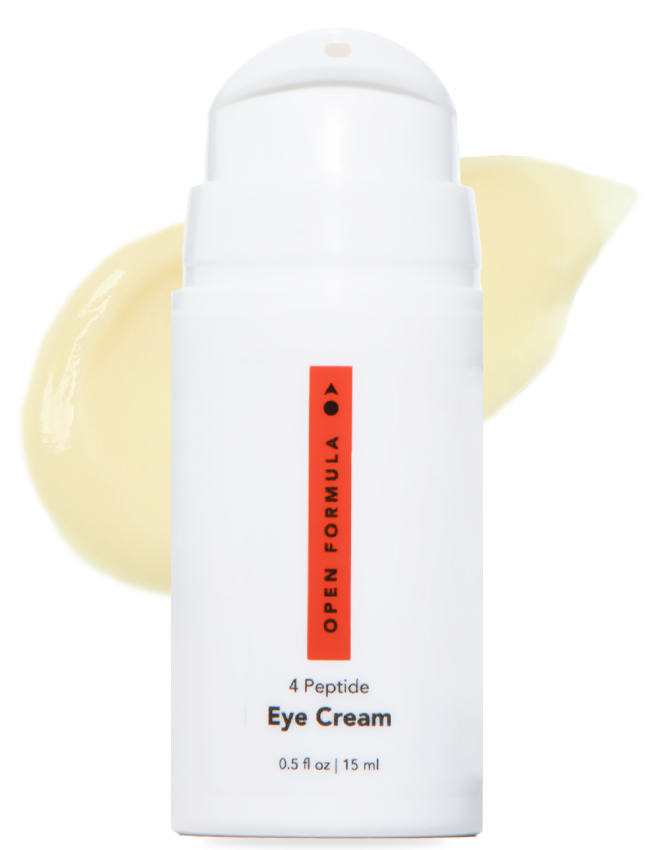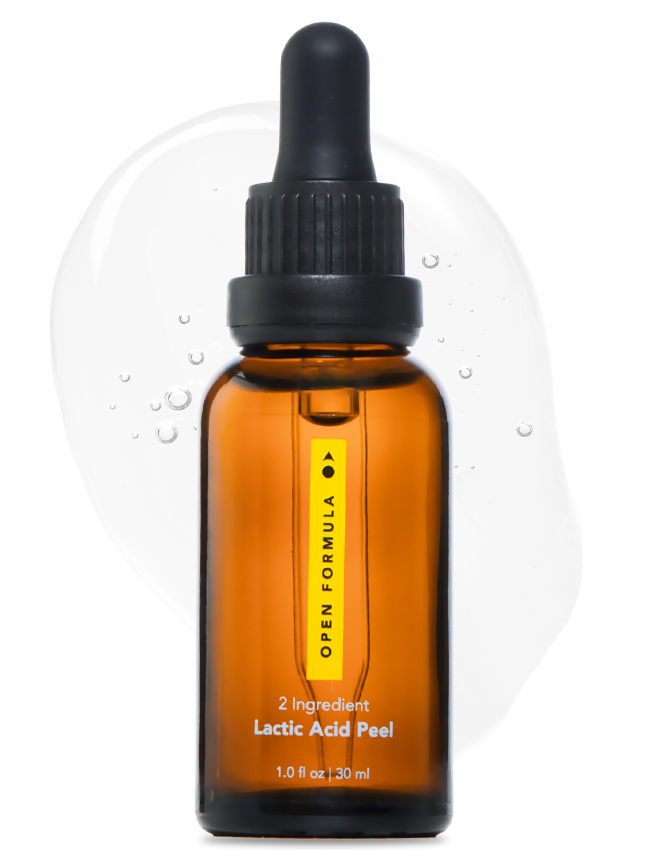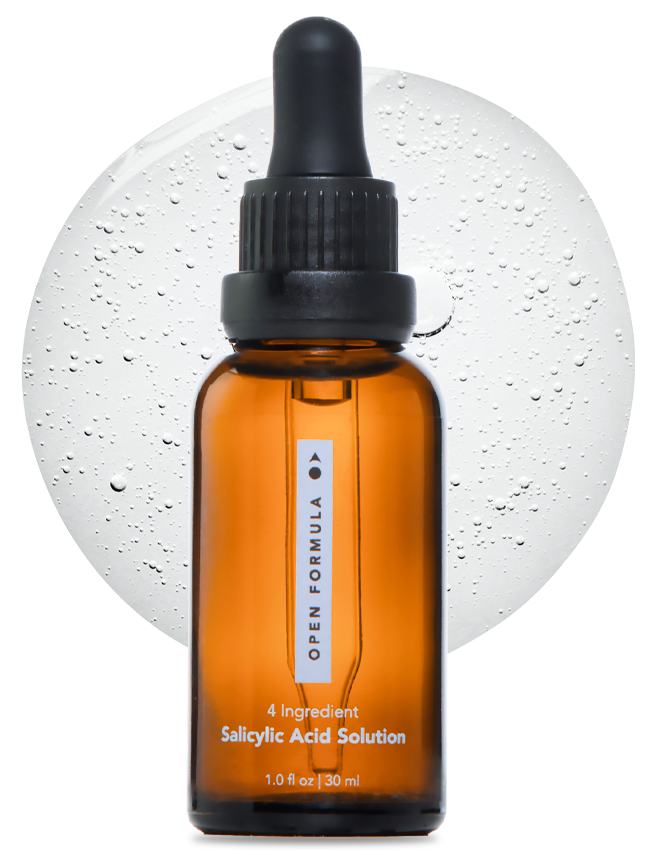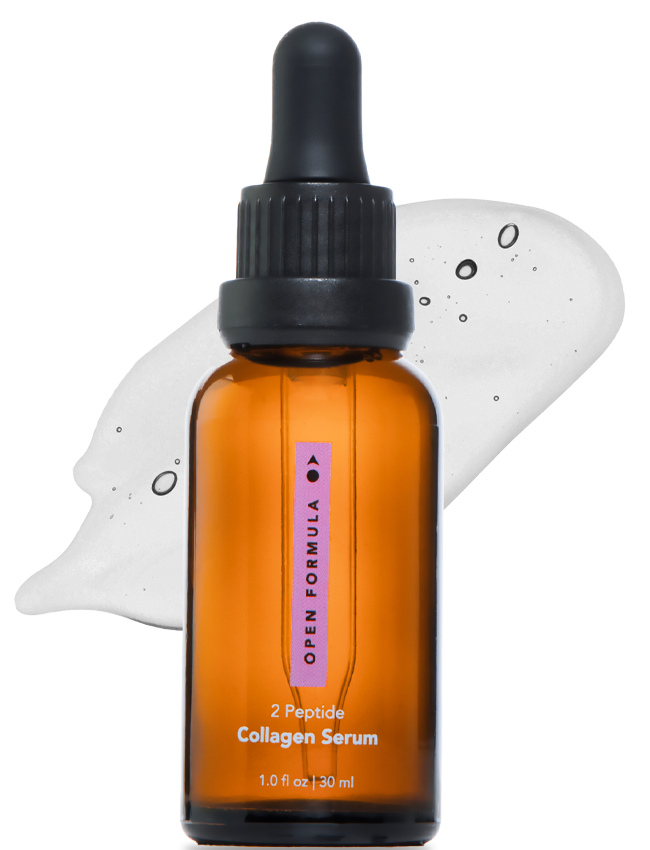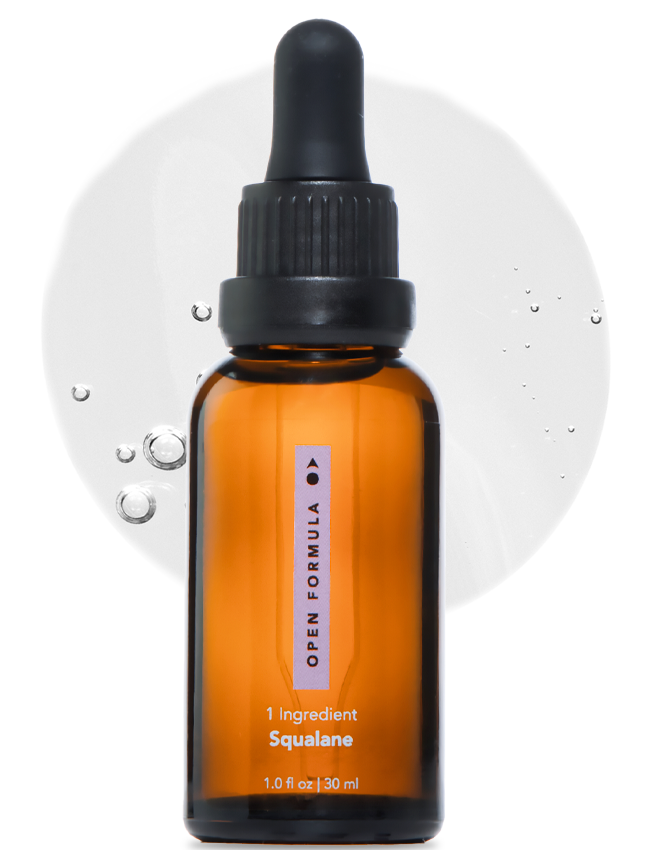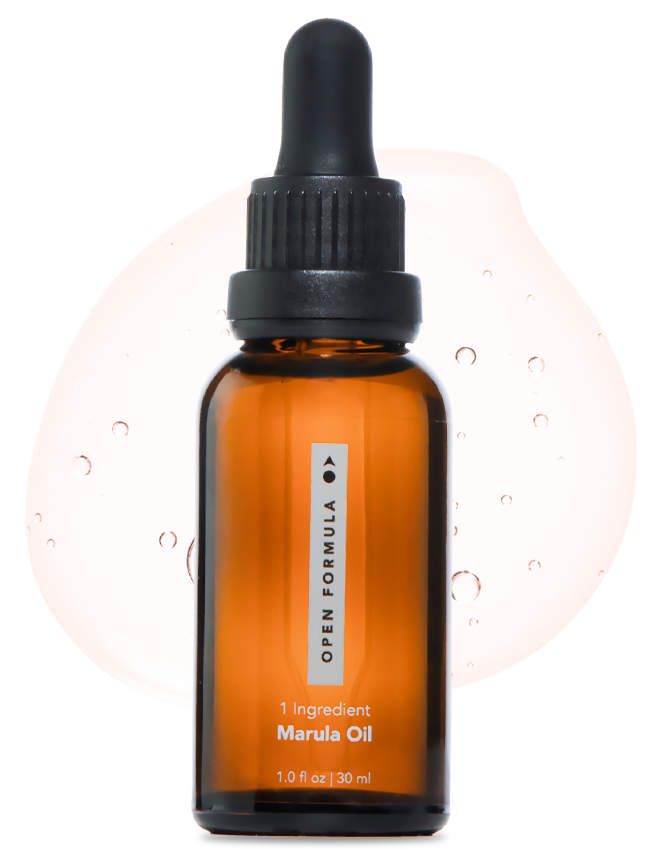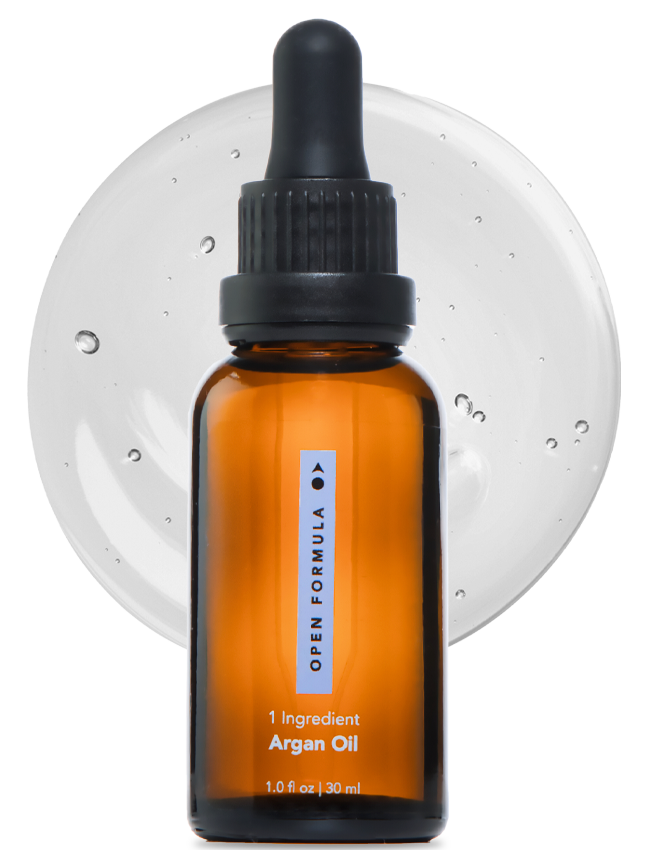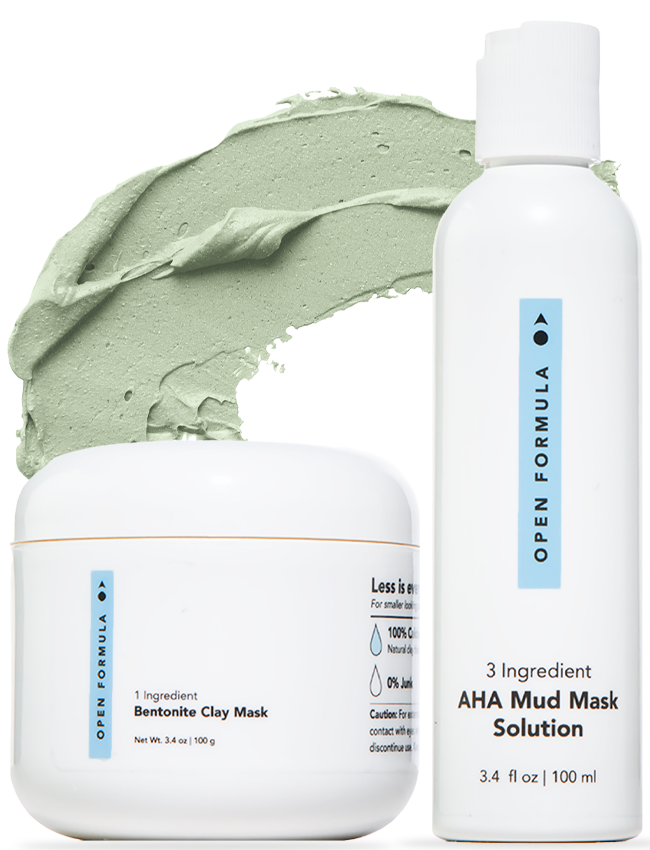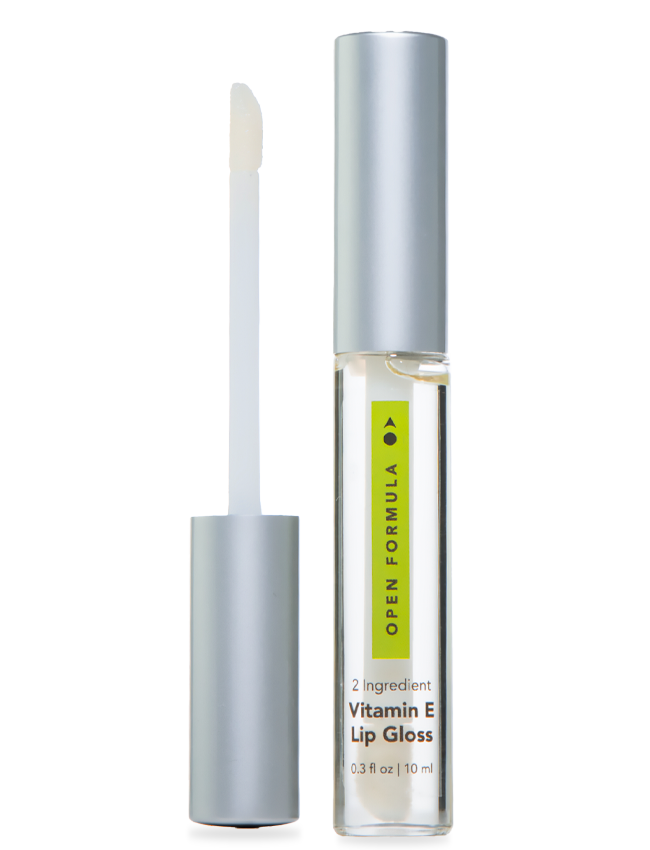Glycolic, Lactic & Salicylic Acid can visibly improve the look of multiple skin issues when used properly and consistently. Here is what they do & how to add them to your skincare routine.
What Are Glycolic, Lactic & Salicylic Acid?
They are exfoliating acids for the skin. Both aging skin and acne prone skin can benefit from using them.
AHA (Alpha Hydroxy Acids) - Glycolic & Salicylic
They have been used for more than 40 years for acne, scarring, dark spots, dryness, and wrinkles. AHAs dissolve in water, allowing them to penetrate the top layer of skin very rapidly. And cause skin cells to shed away. Allowing new, evenly pigments skin cells to take their place.
Glycolic Acid
It can be found in sugarcane extract, as the most widely used AHA. It's effective on mild acne and dark spots from sun damage. It has the smallest molecule size so it penetrates the skin deeper. It can show visible results the quickest. But it can more irritating.
Lactic Acid
It is considered to be the mildest AHA. You can find it in sour milk, tomato juice, beer, and wine. It’s an excellent exfoliant for dry, dehydrated, and sensitized skin. It is moisturizing, unlike other acids that are generally drying. So it’s particularly well suited for sensitive skin.
BHA (Beta Hydroxy Acids) - Salicylic
Salicylic dissolves in oil. So it penetrates deeper into your pores, which become clogged by sebum and fatty build up. Salicylic products can dry out excess oils and unclog your pores. It helps with acne, breakouts, blackheads and whiteheads.
Why Exfoliate With Acids?
Because dead skin cells build up on the surface of your face, leading to premature aging, acne, dark spots, and uneven skin tone and texture.
Scientists have estimated that over 24 hours, you lose almost 1,000,000 skin cells. But even though they die, they still remain on the skin’s surface. And if not exfoliated or washed away, they mix with sebum, makeup, and dirt, clogging pores and causing milia, acne, and other problems.
When you exfoliate and get rid of the top layer of dead skin cells, fresh new skin that looks much better shows on the surface. If you’ve used pumice on your feet, you’ve seen the results. You get the same effect on the face when using acids, although not as dramatic, of course. And besides the immediate impact, more importantly, you keep the skin regeneration process going.
How To Incorporate Glycolic, Lactic & Salicylic Acid In Your Routine?
Here are 5 tips on how to add them to your skincare regimen:
#1 Start “Low & Slow”
Start with a single product with a low percentage of acid and add to your routine gradually.
#2 Know the Signs
A tingling sensation is normal as the acid is penetrating and stimulating the skin. But if your skin starts to sting or turn red, then wash off with water to neutralise. If the sensation is too strong, consider using a lower percentage only a couple of times per week.
#3 Protect Yourself
Because of their exfoliating nature, the skin develops sensitivity to the sun when using AHAs and BHAs. Use SPF daily.
The use of concentrated acids and a strong retinol together can lead to flaking, irritation, and redness. Split them up - use one in the morning, one in the evening. Or alternate days, and use them both in the evening.
#4 Mixing & Matching
According to a 2009 review from Science Direct, when using AHAs and BHAs TOGETHER, the skin benefits from increased collagen production, which reduces the look of fine lines and wrinkles.
#5 Products You Can Incorporate
Peeling solutions - will be the most effective and show visible results quicker. Consider a low-strength 4% buffered lactic acid peeling solution (buffered means partially neutralized to minimize irritation. Or a medium-strength 10% lactic acid peeling solution. The best way to apply is after cleansing - put the product on a cotton round and exfoliate for 30-60 seconds 2-4x a week.
Face Washes - you may consider using a face wash with exfoliating acids. Because the product doesn’t stay on your face, you can get mild daily exfoliation without any irritation. A 10% glycolic face wash is a great starting point.
Powder Exfoliants / Exfoliators - A well formulated physical exfoliant will literally buffer away dead skin cells that sit on top of your face. If exfoliating acids are incorporated, you get the benefit from both physical and chemical exfoliation. Consider Open Formula Powder Exfoliant with 2.5% glycolic and 0.5% salicylic. Consider using in the shower - the steam makes the skin more receptive to exfoliation.
Takeaway
Exfoliating your skin is necessary for skin health and normal function. Glycolic, lactic, and salicylic acids are great to address fine lines, dark spots, and sun damage. Salicylic acid is best for when you wish to treat oily, sensitive, or acne-prone skin.
Learn more about skin exfoliation in this article.








